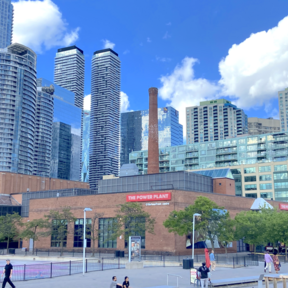Address
The Power Plant - 231 Queens Quay W, Toronto, Ontario M5J 2G8

We collaborate with artists to offer new artworks, editions, exhibition catalogues, publications, and unique merchandise—available at The Power Plant’s shop.
Shop Now

The Power Plant is Canada's leading art gallery devoted exclusively to contemporary art by artists from Canada and the world. We aim to share art with wider audiences through free admission to our exhibitions, public programs, and educational publications.